Speaking at the workshop on US Reciprocal Taxes: Preparation for Vietnamese Enterprises , organized by the Ho Chi Minh City Trade and Investment Promotion Center and the US-Vietnam Business Council on May 9, Ms. Jennifer Diaz, International Trade Lawyer, Diaz Commercial Law Firm, said that currently, Vietnamese enterprises need to clearly understand the tariffs applied to each industry and type of goods; especially pay attention to changes in tax rates, application options proposed by the US side, and what should not be done at this time.
Goods originating from Vietnam are an opportunity
According to Ms. Jennifer Diaz, there are many things to note, the first of which is safety when bringing goods into the US market at this time. Currently, US customs is examining imported goods very carefully, especially the certification of origin, the real value of goods is checked and controlled very tightly, not just based on the documents presented by businesses.

Experts recommend that Vietnamese businesses export goods to the US by being honest about the origin of their goods. (Photo: H. Linh)
The US side also offers many tools to support tariffs to check the origin and value of imported goods. For Vietnamese goods, US customs also has certain standards for inspection and control. Therefore, businesses bringing goods into the US must first strictly control the quality, origin, and production materials before taking the goods out of Vietnamese ports.
“Made in Vietnam certainly has more advantages. But we need to understand the regulations and update them promptly. Businesses also have to recalculate the supply chain and manage production properly.
Payment terms and payment methods are also particularly important issues that must be closely negotiated. When negotiating with buyers, it is important to pay attention to the agreement on whether the seller or the buyer bears the tax. If Vietnamese businesses bear the tax, they must calculate it to avoid losses for themselves,” Ms. Jennifer Diaz noted.
Amidst the current constant fluctuations, Vietnamese businesses need to have many plans and solutions for their export goods, and need to respond flexibly, not just in the traditional way as before.
According to this expert, there are many things that Vietnamese businesses should pay attention to and should not do at this time.
First, don't think about using two invoices for one order; don't change the origin of the goods or reduce the value of the goods.
Opening an office in the US and importing your products is also not a suitable solution, it will make it difficult for businesses instead of helping them. Because the US is considering the virtual office model very carefully.
Bringing goods to the US through a common business partner is also a solution to avoid, because the goods will be considered to be subject to some special tax.
“But Vietnamese businesses are not pessimistic. In fact, goods originating from Vietnam are already an opportunity. Businesses just need to take full advantage of the opportunity to process and produce finished products "made in Vietnam" properly. For example, you import sugar, flour, and eggs from another country to Vietnam to produce cakes. You have mixed all those ingredients to make a finished cake, then the cake is a product of Vietnamese origin, the import tax to the US is applied to Vietnamese goods," said Ms. Jennifer Diaz.
Effective strategy to bring Vietnamese goods to the US
Dr. Son Tran, Professor of Business at SUNY Cobleskill University; Business Development Advisor of the US-Vietnam Business Council, said that US tax policy has shifted from prioritizing free trade to strategic trade, focusing on industry and national security. This creates both opportunities and challenges for countries.

The garment industry is said to be at risk of facing a 10-30% tax rate, and must strictly comply with labeling regulations. (Photo: Vietthang jean)
Vietnam is seen as an attractive destination in the “China +1” strategy, but also faces close scrutiny from the United States on issues such as transshipment of goods, anti-dumping, labor standards, labeling and rules of origin.
Mr. Son Tran affirmed that US tariffs will continue to remain, requiring businesses to have a proactive and strategic approach. Agility, trust and innovation are key factors for success.
To effectively respond, Vietnamese businesses need to consider three main strategic directions. The first is to strictly comply with regulations, including strengthening supply chain documentation, ensuring transparent origin labeling and early adoption of US and EU standards.
The second is to upgrade the value chain, strongly transforming from the original equipment manufacturer (OEM) model to the original brand manufacturer (OBM) model, investing in brand building, innovation and customer base ownership.
Third is to increase engagement, proactively work with trade associations and policymakers, participate in policy discussions and demonstrate Vietnam as a reliable partner.
In parallel, Vietnam needs to develop a strong national and industry branding strategy. This is important, as the current international tariff and regulatory landscape requires a higher level of trust and traceability.
“The brand strategy needs to shift from a low-cost producer to a reliable alternative supplier, capable of providing high-value unique specialty items, such as handicrafts, agricultural products and seafood.
At the industry level, it is necessary to build a collective brand, based on core values of quality, sustainability, compliance and trust," Mr. Son Tran suggested.
Meanwhile, Mr. Mohammed Selia, CEO of FulfillPlus Company, said that in the context of Vietnamese enterprises seeking to "unlock" the US market, the basic factor to grasp is import tax, which is paid upon customs clearance at the port of entry, and is determined based on the HTS code, declared value and origin of the goods. It is worth noting that Vietnam does not have any FTA with the US.
He said that for each specific industry, businesses must prepare carefully.
Clothing and apparel, for example, risk facing tariffs of 10-30%, and must strictly adhere to Federal Trade Commission (FTC) labeling regulations, while ensuring accurate product classification to avoid unnecessary delays.

Vietnam needs to build a strong national and industry branding strategy, shifting from a low-cost producer to a reliable supplier. (Photo: H. Linh)
The furniture industry, especially wood products, needs to be mindful of anti-dumping duty risks, and must comply with the Lacey Act; some states, such as California, also have their own flame retardant requirements.
For agricultural and seafood products, FDA/USDA registration and pre-import declaration are required, and in many cases, cold chain storage is required.
Footwear, on the other hand, often has high tax rates, which can be over 30%, with classification based on materials and design, requiring careful preparation of documents.
In contrast, handicrafts often enjoy low or no taxes, but must avoid the use of prohibited animal-derived materials. This category is well suited to platforms like Etsy, Amazon Handmade, and direct-to-consumer channels.
He noted that importers should also learn about the De Minimis Rule - Section 321, an element that allows the importation of shipments valued at or below $800.
To achieve sustainable success in the US market, Mr. Mohammed Selia emphasized the importance of maintaining local inventory, for faster delivery and improved customer satisfaction.
At the same time, focusing on product quality, investing in branding and designing attractive packaging are indispensable factors.
Source: https://vtcnews.vn/chuyen-gia-hien-ke-cho-doanh-nghiep-viet-ban-hang-sang-my-ar942364.html


![[Photo] National Assembly Chairman Tran Thanh Man attends the VinFuture 2025 Award Ceremony](/_next/image?url=https%3A%2F%2Fvphoto.vietnam.vn%2Fthumb%2F1200x675%2Fvietnam%2Fresource%2FIMAGE%2F2025%2F12%2F05%2F1764951162416_2628509768338816493-6995-jpg.webp&w=3840&q=75)




![[Photo] 60th Anniversary of the Founding of the Vietnam Association of Photographic Artists](/_next/image?url=https%3A%2F%2Fvphoto.vietnam.vn%2Fthumb%2F1200x675%2Fvietnam%2Fresource%2FIMAGE%2F2025%2F12%2F05%2F1764935864512_a1-bnd-0841-9740-jpg.webp&w=3840&q=75)
















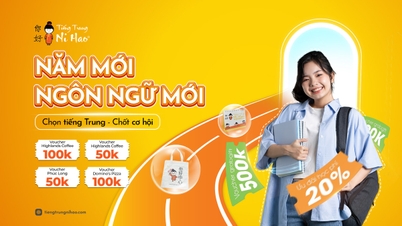











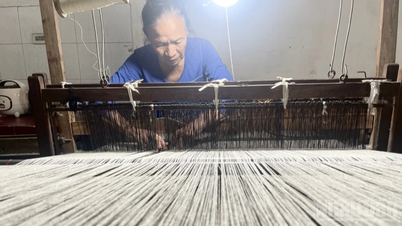











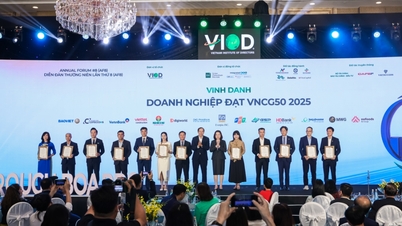

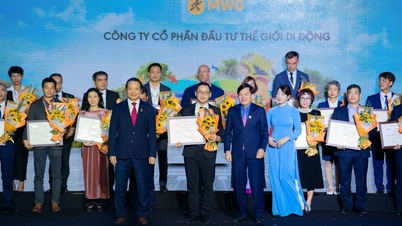
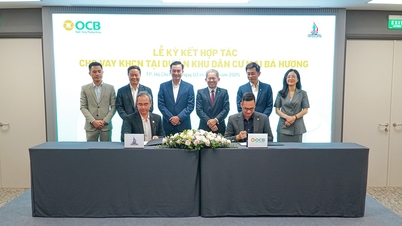
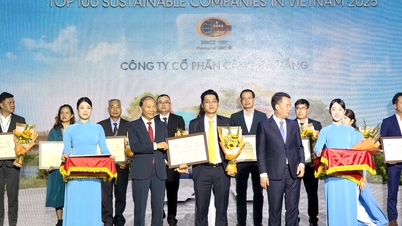












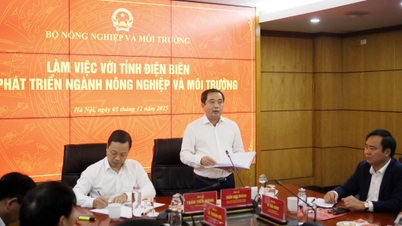



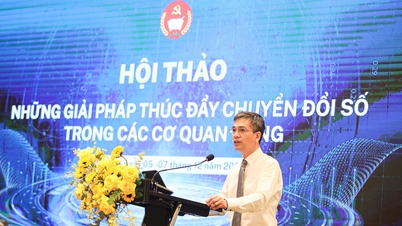

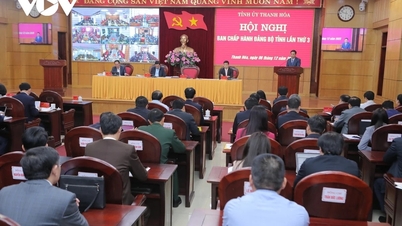



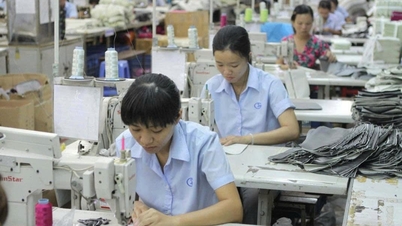
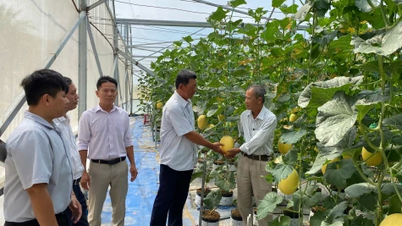



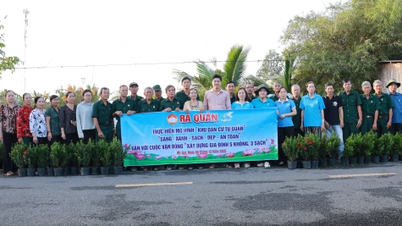
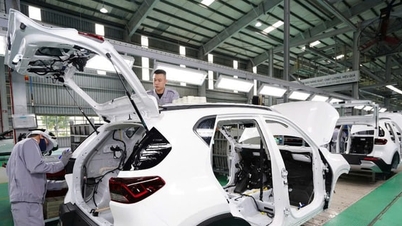













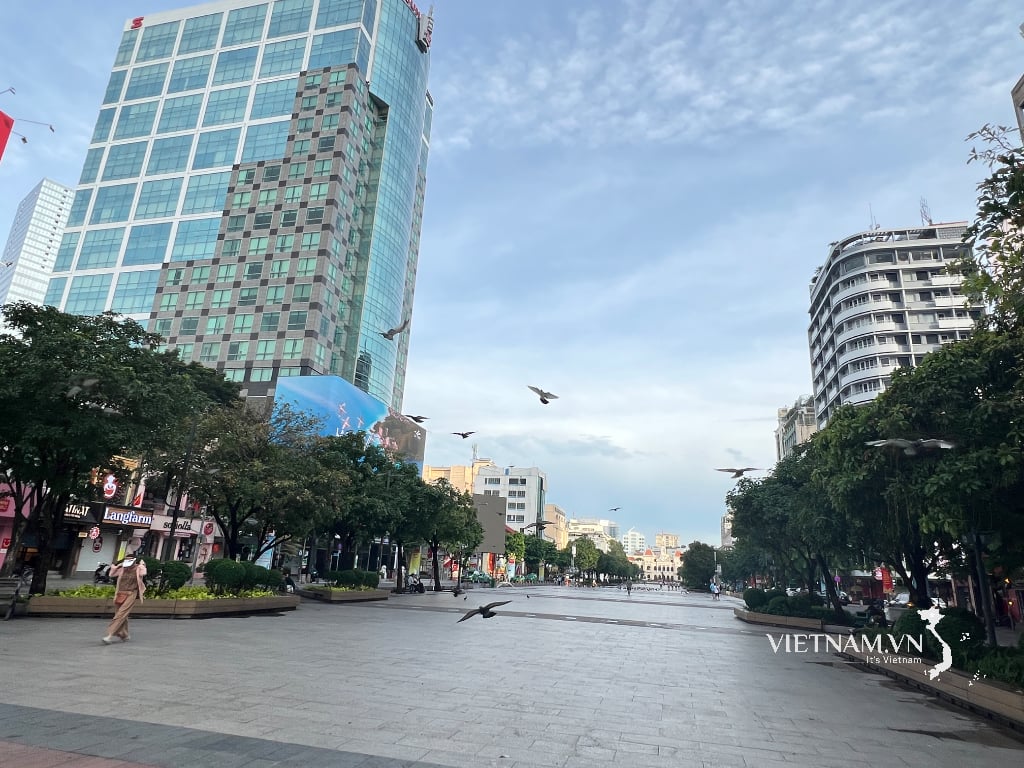






Comment (0)